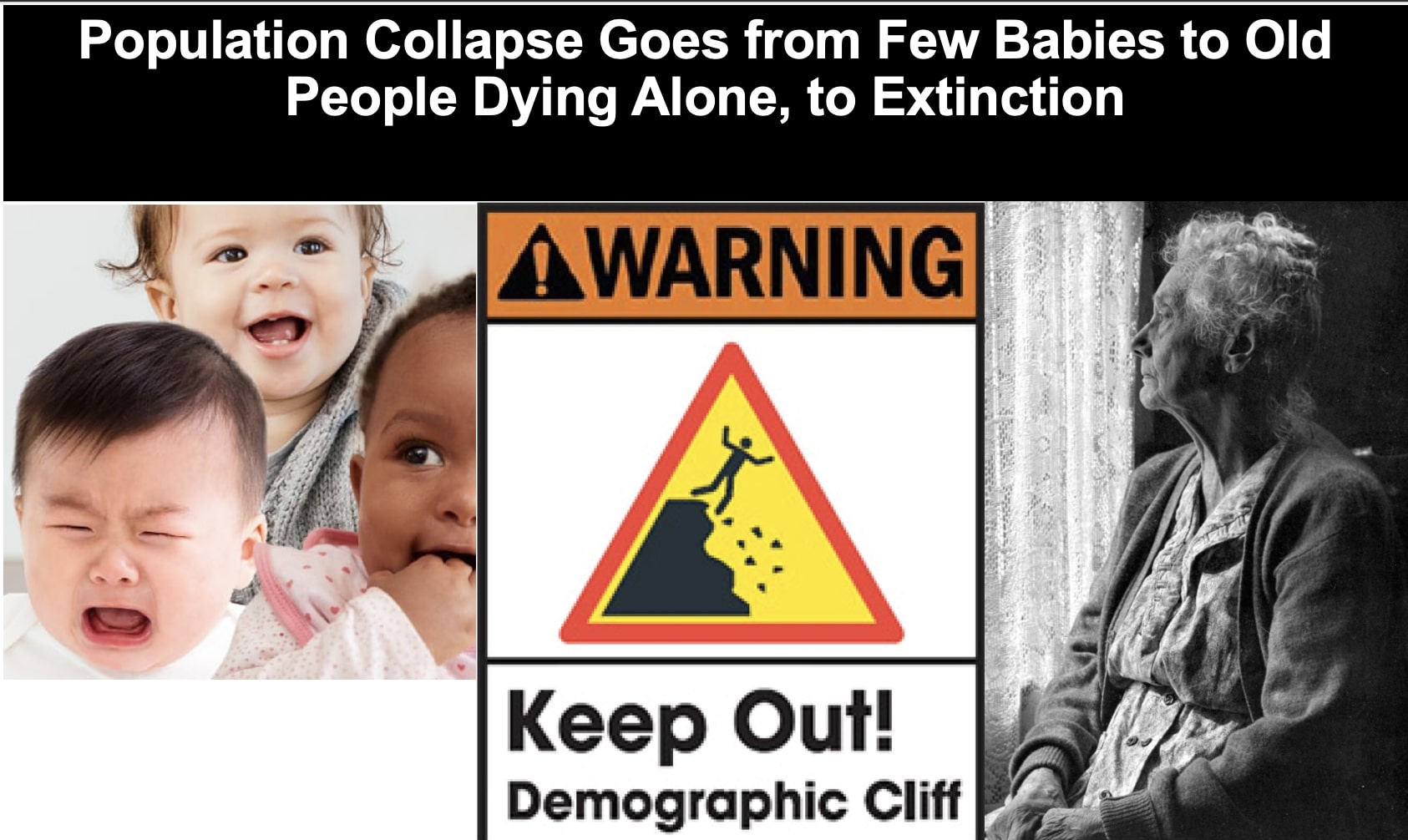Taiwan, South Korea and China have critically low fertility rates below 1.0. Japan is also very low (1.15) and has had low fertility for longer. By 2070, the countries could halve their current populations.
A fertility rebound could avert 30-70% of projected population losses by 2100. This might stabilizing societies at near-current sizes—but only if enacted now, before the cohort cliff (shrinking fertile women) deepens.
If might be possible to get fertility rate to replacement (2.1) in 10-15 years with 3-4% GDP investment.
The list of options below is likely not enough. Likely 10-25% of GDP would be needed to be invested with far larger financial incentives equal to the average per capita income in the country for the first 6-12 years. This is worthwhile because with half the population in 2070, the countries will be destined to have about half the GDP.
Years 1-3 [Quick Wins, +0.1-0.3 TFR] – Free IVF (invitro fertilization and egg freezing for all under-35s and even under-40s. This could add 10-15% births as seen in Israel. Include a $2K/month allowances.
Japan’s Ministry of Health, Labor and Welfare (MHLW), reports the total number of live births in 2024 was 686,061 (TFR 1.15). This marked a record low, representing a 5.7% decline (or 41,227 fewer births) from 2023’s 727,288. 2025 is on track for 665,000. Japan would need to get to 1.18 million or 1.2 million to get to TFR 2.1 population stabilization.
IVF and egg freezing are increasingly popular in Japan, fueled by subsidies (half of costs covered) and low fertility awareness. However, uptake lags behind Europe due to cultural stigma and work pressures. Overall, assisted reproductive tech (ART) usage climbed 3-5% YoY in 2025, per IMARC Group, but only ~10% of infertile couples access it due to costs/stigma. In 2023 in Japan, a record 85,048 babies were born via assisted reproductive technology (ART), including IVF, intracytoplasmic sperm injection (ICSI), and frozen embryo transfers (FET). Doubling this level with free or payments beyond free would help.
Years 1-7 (Structural, +0.2-0.4 TFR)
Universal childcare and shared 12-month leave. 4-day work weeks (OECD: +0.15 TFR). South Korea: Marriage age drops 2 years, stabilizing cohorts.
Years 1-10 (Tech/Cultural, to 2.1)
Ectogenesis pilots (2030 rollout) + media campaigns (counter eco-anxiety). Taiwan: NDC integrates with cross-strait migration incentives.
Annual audits and some increased immigration as a bridge. Many asian countries like Japan have an anti-immigration culture.

Brian Wang is a Futurist Thought Leader and a popular Science blogger with 1 million readers per month. His blog Nextbigfuture.com is ranked #1 Science News Blog. It covers many disruptive technology and trends including Space, Robotics, Artificial Intelligence, Medicine, Anti-aging Biotechnology, and Nanotechnology.
Known for identifying cutting edge technologies, he is currently a Co-Founder of a startup and fundraiser for high potential early-stage companies. He is the Head of Research for Allocations for deep technology investments and an Angel Investor at Space Angels.
A frequent speaker at corporations, he has been a TEDx speaker, a Singularity University speaker and guest at numerous interviews for radio and podcasts. He is open to public speaking and advising engagements.


